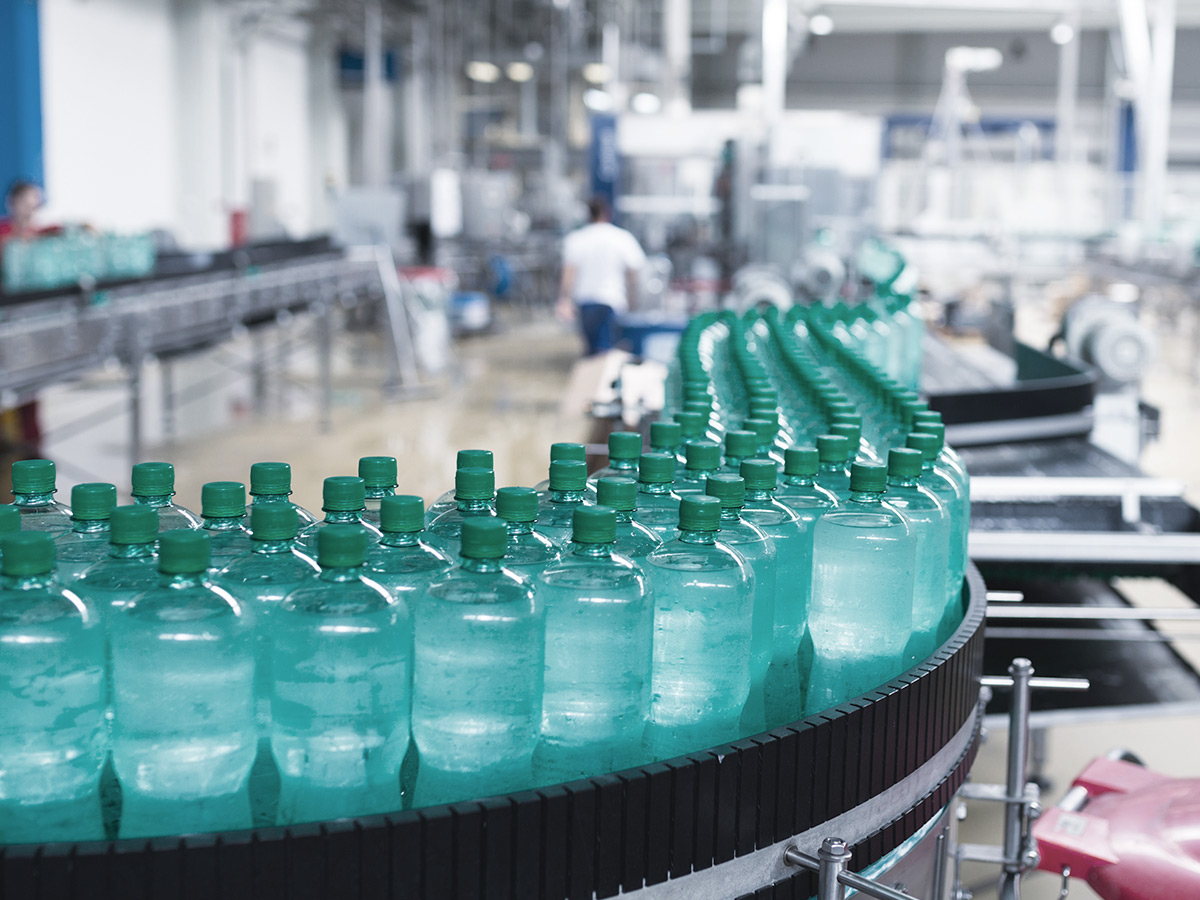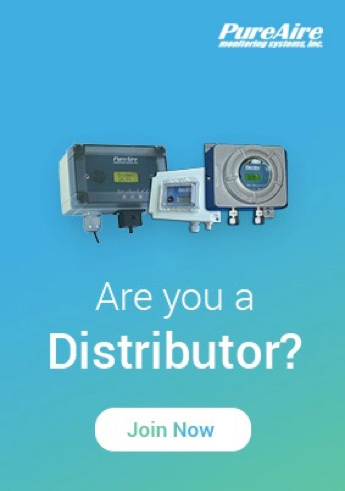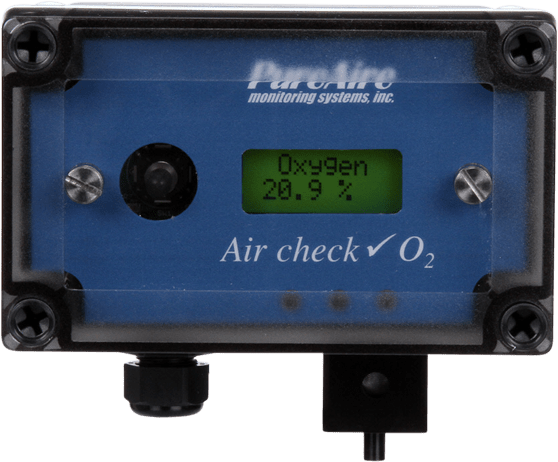Food & Beverage

The food & beverage industries rely on both carbon dioxide and nitrogen gas to create and serve all types of foods. From fine dining to fast food, restaurants and bars use these gases every day — yet many workers do not realize the risks that inert gases pose in the work environment. Learn where these gases are used, how they pose a health risk, and what restaurants, bars, and other foodservice institutions can do to protect their workers.
In bars and restaurants, carbon dioxide creates bubbles that give sodas and beer their fizz and flavor. Some bars also use nitrogen gas for beers advertised as nitro; the smaller bubble created by nitrogen gives the drink a softer mouthfeel. These gases are stored in canisters, but if a canister or supply line begins to leak, gas will enter the restaurant. When this happens, the N2 or CO2 displaces air. Since no one can tell there’s a leak, there is a danger of oxygen depletion.
There are high levels of carbon dioxide in breweries, too, since the substance is a natural byproduct of the fermentation process. Low levels of carbon dioxide gas escape the fermentation tank while the natural sugars in the beer are eaten up by yeast. After the fermentation completes, brewery workers seal off the tank, capturing CO2 inside. As long as the tank is structurally sound, everything is fine; yet if a leak develops so CO2 escapes the tank, it could displace oxygen from the air.
Food packing and preservation facilities rely on nitrogen gas to create sterile packaging for foods. The gas displaces oxygen from jars, cans, and plastic packaging. Since bacteria can’t grow without oxygen, the nitrogen flush increases the shelf life of packaged items.
Chefs rely on super cold liquid nitrogen to chill substances — allowing them to freeze things like alcohol that can’t be frozen in standard freezers — while food processors also use liquid nitrogen in flash freezing. There’s a serious danger of burns with liquid nitrogen, which is not meant to be ingested and can burn the skin through contact. Liquid nitrogen vaporizes at room temperature, which means a spill can deplete the environment of oxygen.
Anytime there’s a leak of CO2 or nitrogen, there’s a risk of the air losing so much oxygen that it becomes oxygen deficient. After a couple breaths of oxygen deficient air, employees can lose consciousness or experience respiratory distress. Since these gases have no color or smell, those working in the room wouldn’t be able to tell the danger until it was too late.
That’s why it’s so important for a preservation facility to place oxygen deficiency monitors anywhere inert gases are stored or used.
Oxygen deficiency monitors reveal how much oxygen is in the air. Before oxygen levels fall to the threshold where health could be threatened, the monitor will sound an alarm to let everyone know there’s a leak.
PureAire offers some of the longest-lasting oxygen monitors in the business. Thanks to a long-lasting zirconium sensor that needs no maintenance or calibration post-installation, PureAire’s monitors can perform reliably for 10 or more years after they’ve been installed. A digital display lets workers check oxygen levels to ensure safety, and a 90-decibel alarm and flashing lights give employees sufficient notice to evacuate and call emergency services.
PureAire’s oxygen monitors perform reliably despite shifts in barometric pressure and continue to work in temperatures as low as -40C, which makes them ideally suited for use in food and beverage applications.
OSHA regulations require that food packing and packaging facilities, restaurants, and other food and beverage institutions use oxygen monitors wherever inert gases are stored or used. Protect your preservation facility with cost-effective, long-lasting O2 monitors from PureAire. Browse O2 monitors today.


